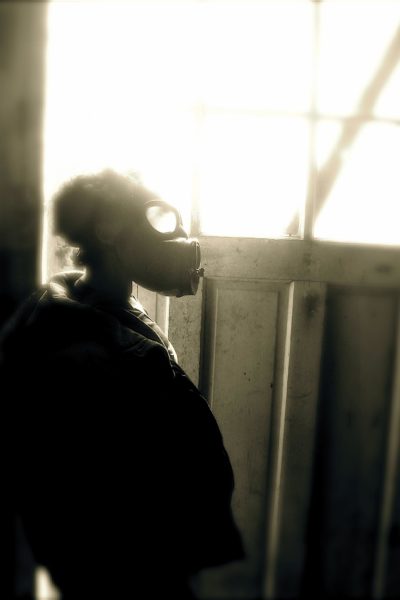
Silica Dust Exposure
Dust is so small and insignificant; we usually don’t give it a second thought. Unfortunately, many people all over the world have had exposure to silica dust without knowing what we know now. That it is deadly. Plain and simple. It has been dubbed “the new asbestos”. So, what do we do now? Awareness and prevention are the key.
Clay, brick, stone, gravel, concrete and tiles are some of the everyday materials that surprisingly contain silica. When you work on any of these materials it creates a fine dust that contains silica. It is so fine that you might not even see it. If you breathe it in, it can cause so many problems. In 2011, just over half a million people in Australia were exposed to silica dust while in the workplace. It is estimated the just under 6000 will develop lung cancer in their life time due to this exposure.
The industries with the most exposure to silica dust are construction workers, engineers, farmers, miners, stonemasons just to name a few. There are two ways silica can be very harmful. Exposure to low levels over a long period of time or exposure to high levels over a short period of time. Exposure to silica can lead to simple chronic bronchitis, kidney disease, lung cancer, chronic obstructive pulmonary disease and silicosis. Silicosis is a condition that is essentially irreversible damage to the lungs.
The Australian Exposure Standard for airborne silica dust is 0.1mg/m3 over an 8-hour period. Australian workplaces must follow workplace health and safety laws. Although the duty of care for employers and workers across Australia is similar these can vary between states and territories.
Tips for Avoiding Exposure
- Using water suppression and wet cutting methods
- Use of effective dust extraction
- Clean up dust using safe methods
- Employee health monitoring should be in place
- Provide training and education on the risks of silica exposure
- Routine Personal Protective Equipment
- Vacuum clothing at work
Managing worker exposures and risks to silica can be accomplished by choosing and applying measures using the hierarchy of controls – substitution, isolation, engineering controls, administrative controls and personal protective equipment. Normally more than one control is mandatory to sufficiently protect workers. WDIS.WA can help when it comes to engineering controls. We specialise in minimising exposure to dust. We can assess, supply and install Local Exhaust Ventilation (LEV) to suit your needs. Call WDIS.WA today to discuss your options.






